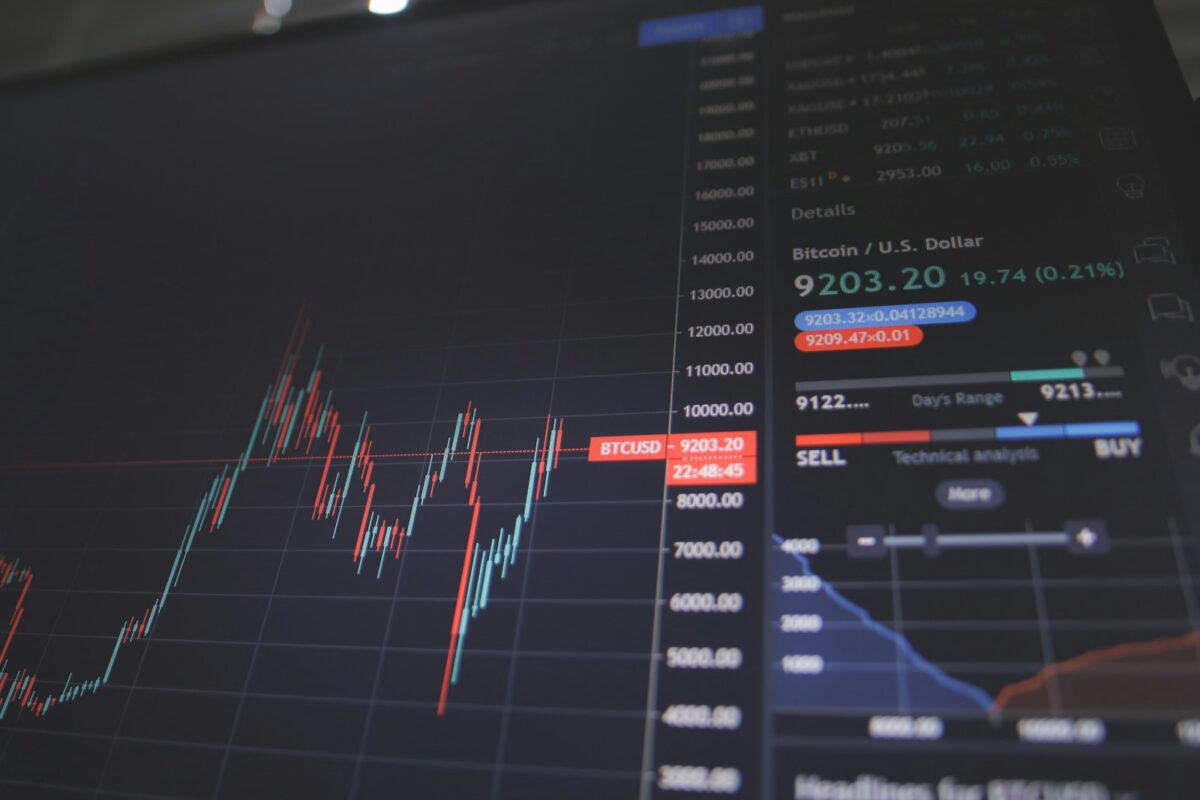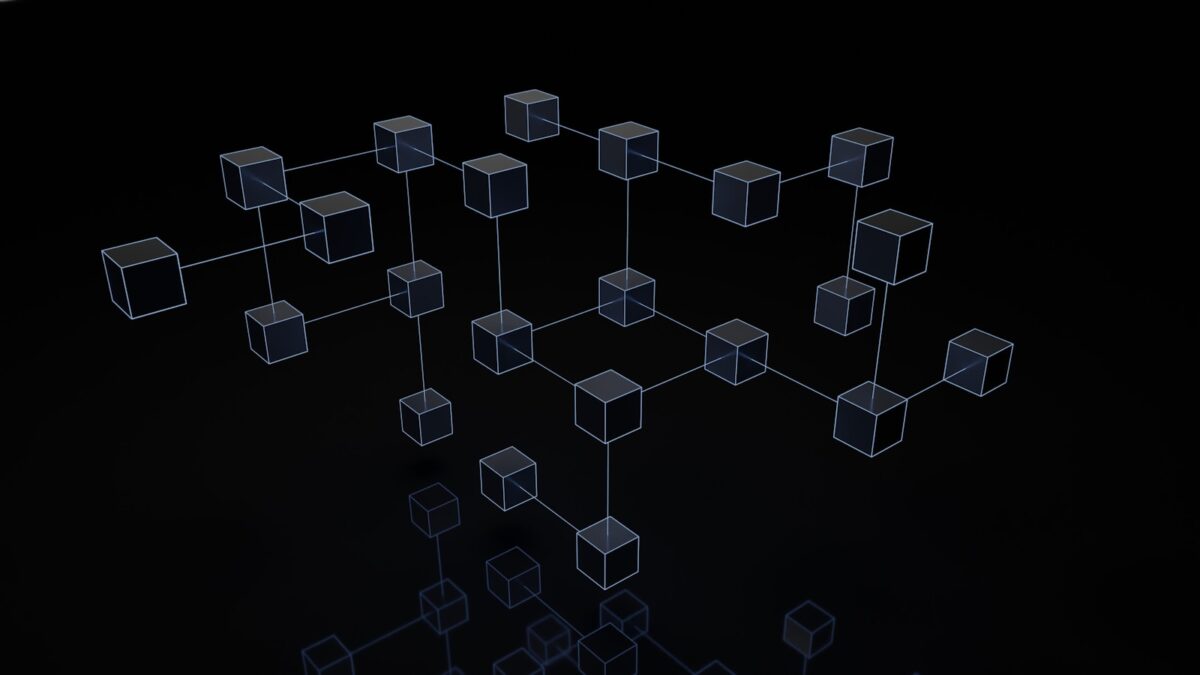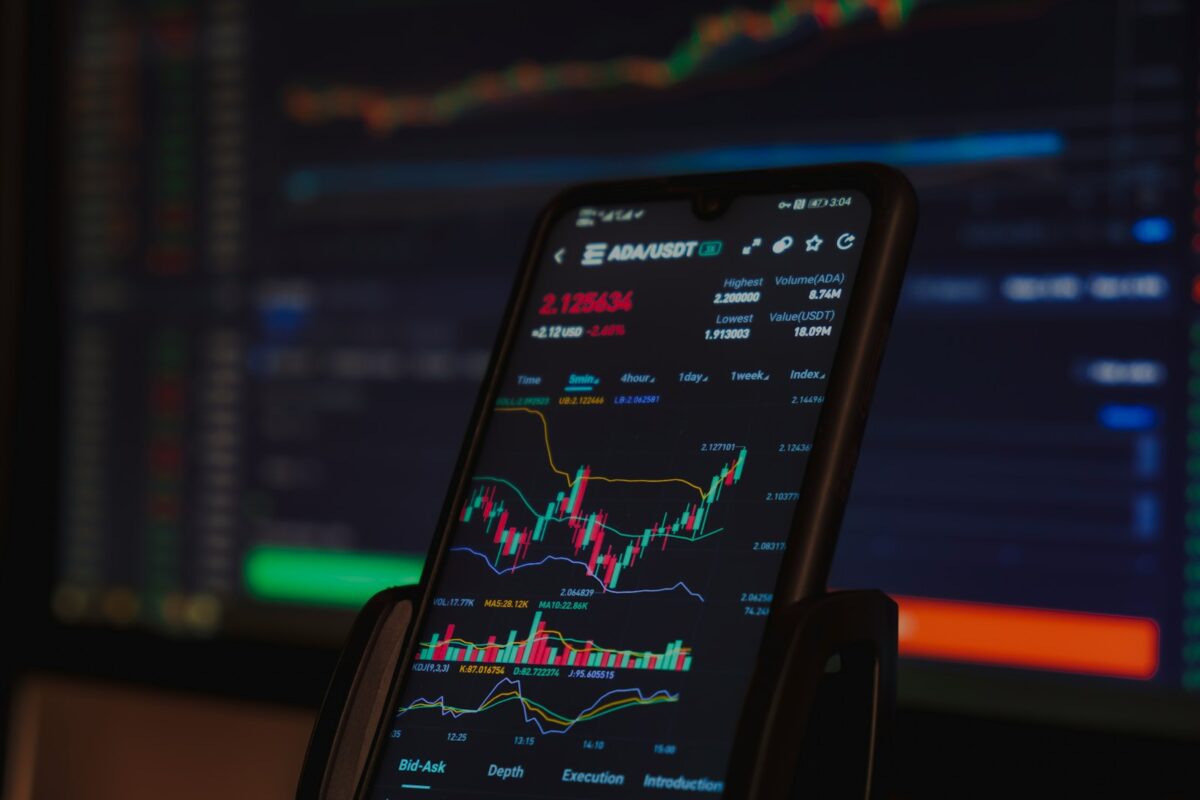
The Graph indexing protocol

Efficient retrieval of blockchain information relies on a robust mechanism that organizes and categorizes on-chain data into easily accessible segments called subgraphs. This method transforms complex, raw ledger entries into structured datasets optimized for rapid queries within the web3 ecosystem. By leveraging such an arrangement, developers can interact directly with relevant data fragments without processing entire blockchains, significantly enhancing performance and reducing computational overhead.
This innovative approach utilizes a distributed framework where participants contribute to cataloging and maintaining data references, ensuring up-to-date representations of evolving smart contract states. The architecture supports intricate filtering and aggregation functions through declarative query languages akin to GraphQL, empowering applications to request precise datasets tailored to their unique logic and user requirements.
Exploring this system reveals how interoperability between various decentralized networks becomes feasible through unified querying standards. Researchers and developers are encouraged to experiment with subgraph creation tools that allow defining entities, relationships, and event handlers mapping blockchain activity into meaningful constructs. Such practical investigations provide valuable insights into optimizing data workflows and advancing scalable dApp development strategies within the expanding web3 paradigm.
The Graph indexing protocol
For efficient retrieval of blockchain data, this framework offers a decentralized method to organize and access on-chain information. By utilizing subgraphs–customizable data schemas defining how blockchain events are processed–it enables developers to perform complex queries across multiple networks with precision and speed. This approach solves latency issues common in direct node interactions and supports scalable dApp development within the web3 ecosystem.
Data synchronization happens continuously through decentralized indexers that scan smart contract events and transactions. These participants maintain updated datasets aligned with the latest state changes, ensuring query responses reflect real-time blockchain activity. The system’s economic incentives also encourage indexers to provide accurate and timely results, strengthening network reliability.
Technical Architecture and Query Mechanisms
The architecture integrates several components working in tandem: indexers, curators, and delegators. Indexers operate node infrastructure responsible for processing subgraphs; curators signal valuable subgraphs by staking tokens; delegators support indexers without direct operation. Together, these roles form an ecosystem optimizing data availability and query responsiveness.
Queries leverage GraphQL interfaces tailored to requested subgraph schemas, allowing granular filtering of blockchain data such as token transfers, event logs, or user balances. This model contrasts with conventional REST APIs by offering flexibility in query depth and specificity while reducing redundant data transmission.
- Subgraphs: Define mappings from raw blockchain events into structured entities accessible via queries.
- Indexing Nodes: Continuously parse blocks to update entities based on smart contract interactions.
- Query Layer: Serves client requests efficiently using cached indexed data optimized for rapid response.
A practical example includes tracking DeFi protocol metrics where users monitor liquidity pool states or yield farming rewards through dashboards powered by curated subgraphs. This eliminates delays inherent in querying full nodes directly and simplifies frontend logic significantly.
This system’s modular design facilitates integration across various blockchains beyond Ethereum, including Polygon and Binance Smart Chain. By abstracting raw chain complexity through standardized schemas, it enables cross-chain analytics tools capable of unified reporting on asset flows or governance participation within multi-protocol environments.
The ongoing research focuses on enhancing indexing efficiency through parallelization techniques and improving query performance under high demand scenarios. Experimentation with alternative consensus mechanisms for indexer coordination also aims at reducing operational costs while maintaining decentralization guarantees critical for censorship-resistant data access in web3 applications.
How The Graph indexes blockchain data
Efficient extraction and organization of blockchain information rely on a combination of specialized entities known as subgraphs, which define the structure for capturing relevant events and smart contract states. These subgraphs act as blueprints, specifying which pieces of data should be tracked and how they interrelate within a larger network of decentralized ledgers. By processing blocks sequentially, this framework transforms raw transaction data into structured datasets optimized for rapid retrieval.
This process enables developers and applications in the web3 environment to perform complex queries without interacting directly with slow or resource-intensive blockchain nodes. The system’s ability to continuously update its dataset according to new blocks ensures that queried information reflects the current state of distributed networks, enhancing responsiveness while reducing computational overhead.
Mechanics behind data extraction and transformation
At the core lies an event-driven mechanism where smart contracts emit logs upon execution, which are then parsed by dedicated components responsible for capturing these signals. Subgraphs declare mappings, custom logic scripts that translate emitted events into meaningful entities stored within a queryable database. This step is critical because it converts unstructured blockchain outputs into organized records accessible via standard query languages.
The indexing node processes each block from supported chains sequentially, applying mappings defined per subgraph. It listens for specific events or state changes–such as token transfers or contract upgrades–and updates internal databases accordingly. Through this approach, relationships among entities can be established or modified dynamically, enabling complex cross-references and aggregation.
- Subgraph Manifest: A YAML configuration file outlining sources (smart contracts), event handlers, and data schemas.
- Mappings: AssemblyScript functions that transform event payloads into entity updates.
- Entities: Structured representations resembling tables with fields reflecting indexed attributes.
This modular design allows independent development and deployment of indexing strategies tailored to specific decentralized applications (dApps) or protocols while maintaining interoperability across multiple chains.
Querying capabilities and performance optimization
The resulting dataset becomes accessible through a GraphQL interface optimized for low-latency responses suited to frontend applications demanding real-time insights. Query resolvers leverage pre-indexed relationships between entities to avoid repetitive computation typically associated with direct node RPC calls. This architecture significantly reduces time-to-insight when assembling user dashboards, analytics tools, or automated decision-making systems.
Such optimizations enhance scalability across diverse use cases ranging from NFT marketplaces tracking ownership histories to DeFi platforms monitoring liquidity pool states across several blockchains simultaneously.
Role within the broader decentralized ecosystem
This indexing approach supports interoperability by abstracting underlying chain complexities through uniform interfaces defined in subgraphs. Projects leveraging this method can concentrate on business logic rather than reinventing infrastructure for data retrieval. Moreover, open-source subgraph repositories promote collaborative improvements enabling continuous refinement of indexing accuracy and coverage.
The flexibility inherent in defining custom filters and entity relationships facilitates experimentation with novel on-chain analytics or governance models dependent on near real-time state visibility. For example, DAO voting platforms can react swiftly to stake adjustments captured via indexed events without relying solely on slower consensus mechanisms.
Challenges and future directions in blockchain data structuring
A persistent difficulty involves handling high-throughput environments where block sizes grow substantially or smart contracts emit voluminous event streams. Efficiently parsing such volumes demands ongoing enhancements in mapping logic efficiency alongside horizontally scalable infrastructure deployments capable of parallel processing across shards or layer-2 solutions.
An active research area focuses on integrating off-chain metadata enrichment techniques combined with cryptographic proofs linking back to original chain states, thereby improving trustworthiness without sacrificing query speed. Experimentation with alternative storage backends also aims at optimizing costs associated with long-term historical data retention while preserving accessibility for auditability purposes.
Querying Data with Subgraphs
To efficiently retrieve information from decentralized ledgers, leveraging subgraphs enables precise querying of blockchain events and state changes. By defining a manifest that maps smart contract events to a structured dataset, subgraphs transform raw on-chain data into queryable formats compliant with the underlying graph technology. This approach eliminates the need for direct blockchain node interactions, accelerating data access while maintaining accuracy and consistency across distributed networks.
Subgraphs utilize GraphQL as the primary query language, allowing developers to request nested and filtered datasets with minimal overhead. This structured querying facilitates complex data retrieval scenarios such as user balances, transaction histories, or protocol-specific metrics without extensive client-side computations. Integrating these subgraph queries within web3 applications streamlines front-end development by providing real-time, indexed data feeds sourced directly from blockchain activity.
Technical Aspects of Subgraph Queries
At the core of effective querying lies the schema definition within each subgraph manifest, which prescribes how blockchain event logs are transformed into entities stored in the decentralized graph database. Query resolvers then operate on this entity layer, enabling fine-grained filtering using parameters like block numbers, timestamps, or specific address interactions. For example, DeFi analytics platforms often construct subgraphs that track liquidity pool movements by indexing swap events and staking transactions, thus delivering actionable insights through precise query formulations.
Experimental implementations reveal that optimizing subgraph design–such as reducing entity complexity and limiting redundant field mappings–significantly enhances query performance under heavy load conditions typical of high-throughput chains. Researchers analyzing NFT marketplaces demonstrated that subgraph queries focusing on transfer events coupled with ownership metadata yield fast response times suitable for live dashboards. These findings encourage iterative refinement of indexing strategies to balance comprehensive data coverage against query efficiency within decentralized ecosystems.
Integrating The Graph in DApps
To optimize decentralized applications, leveraging a decentralized indexing framework is indispensable for efficient data retrieval. Direct interaction with blockchain nodes typically results in slow and costly queries; therefore, embedding specialized subgraphs enables DApps to execute complex queries swiftly by pre-organizing blockchain events and states. This approach significantly reduces latency and enhances user experience while maintaining decentralization principles.
Subgraphs serve as declarative descriptions of how blockchain data should be ingested and structured for querying. Developers define mappings and schemas that transform raw on-chain data into a queryable format using GraphQL. Integration involves deploying these subgraphs to a distributed network that continuously processes new blocks, ensuring the indexed data remains current and coherent with the underlying blockchain state.
Technical Implementation and Query Efficiency
Incorporating this indexing solution requires understanding its architecture: an indexing node fetches blockchain data through event logs or smart contract calls, then processes and stores it according to the subgraph’s manifest. Queries sent from the front-end or backend can request specific slices of data without scanning entire blocks manually. For example, a DeFi application tracking lending positions across multiple contracts benefits from querying aggregated metrics rather than iterating over each transaction on-chain.
By utilizing advanced filtering, pagination, and sorting capabilities native to the query language, DApps can deliver precise datasets tailored to user needs with minimal overhead. Moreover, this system supports real-time updates through event subscriptions, enabling live interfaces reacting instantly to protocol changes without reloading or polling excessive data repeatedly.
- Example: NFT marketplaces integrate token ownership histories by querying indexed transfers instead of relying on external centralized databases.
- Example: Prediction markets use indexed outcome reports aggregated from various oracle feeds to provide users with instant odds updates.
The synergy between decentralized ledgers and this indexing service creates robust ecosystems where developers harness granular control over blockchain data flows. It fosters experimentation through customizable subgraphs tailored to unique project requirements while preserving trustlessness by operating atop immutable records.
This methodology encourages iterative enhancements; as business logic evolves, subgraphs adapt without modifying core smart contracts. Consequently, developers gain flexibility managing frontend-backend interactions within web3 environments by decoupling heavy computations from chain execution contexts.
The integration of this technology exemplifies how modern DApps transcend traditional limitations posed by direct chain queries. It invites deeper inquiry into optimizing query structures for scalability and resilience–questions worth investigating include balancing index granularity against synchronization delays or exploring hybrid approaches combining on-chain verification with off-chain computation layers.
Tokenomics of GRT in protocol
GRT operates as a native utility token designed to facilitate efficient data querying and curation within decentralized networks. Token holders actively participate by staking GRT to signal the quality of subgraphs, which are customized schemas indexing blockchain information. This staking mechanism ensures that only verified and relevant data structures remain accessible, optimizing the overall ecosystem’s performance.
The token supply is capped at 10 billion units, with distribution strategically allocated across contributors such as developers, indexers, curators, delegators, and the ecosystem fund. Indexers receive rewards for maintaining nodes that process complex queries over vast datasets from various blockchains. Meanwhile, curators earn fees by identifying high-value subgraphs, driving demand for accurate and timely on-chain information crucial for web3 applications.
Economic incentives behind GRT usage
Staking GRT underpins network security by aligning incentives between service providers and users requesting data retrieval. Indexers commit tokens to guarantee reliable operation of indexing nodes, penalizing misbehavior through slashing events. Delegators entrust their holdings to skilled indexers, sharing in query fee revenues without operating infrastructure themselves. This delegation model broadens participation while maintaining decentralization.
Query fees paid in GRT reflect computational resources consumed during data extraction processes from blockchain ledgers via specialized subgraph mappings. These fees dynamically adjust based on network demand and resource utilization patterns, ensuring sustainability of infrastructure costs. Simultaneously, inflationary rewards distributed among active participants encourage continuous involvement in validating and serving up-to-date indexed content.
A comprehensive study analyzing protocol telemetry reveals correlations between increased staking activity and improved query response times across multiple blockchains integrated into the system. This empirical evidence supports the hypothesis that robust tokenomic design enhances both reliability and scalability of decentralized graph-based data services essential for evolving web3 ecosystems.
Troubleshooting Common Indexing Issues: Conclusion
Resolving data synchronization failures within subgraphs requires meticulous inspection of event handlers and entity mappings. Misaligned blockchain state transitions often manifest as incomplete or stale query results, highlighting the need for precise schema definitions and accurate block triggers to maintain consistency in indexing workflows.
Addressing these challenges enhances reliability of decentralized data retrieval, ensuring that client queries reflect up-to-date information from on-chain sources. Continuous monitoring of indexing nodes’ performance metrics alongside protocol version updates can preempt disruptions caused by network forks or contract upgrades.
Key Technical Insights and Future Directions
- Schema Accuracy: Verifying entity relationships and field types reduces parsing errors during data ingestion, preventing corrupted datasets within subgraph deployments.
- Event Filtering: Refining event filters optimizes processing load by excluding irrelevant blockchain transactions, improving throughput and lowering latency for query responses.
- Node Resource Allocation: Scaling compute resources dynamically mitigates indexing delays under heavy blockchain activity, safeguarding continuous availability of indexed data.
- Protocol Upgrades: Preparing for protocol forks entails adapting manifest files and runtime environments to accommodate new smart contract interfaces without interrupting data flow.
Future iterations will likely integrate advanced anomaly detection algorithms to automatically identify indexer stalls or corrupted subgraph states. Additionally, cross-protocol interoperability could enable aggregation of heterogeneous blockchain datasets into unified query layers, expanding analytical capabilities beyond single-chain constraints.
This evolving infrastructure fosters a more resilient ecosystem where researchers and developers can confidently explore complex on-chain phenomena with minimal disruption. Embracing experimental troubleshooting combined with systematic validation unlocks deeper understanding of decentralized data architectures and their transformative potential across distributed ledger technologies.


